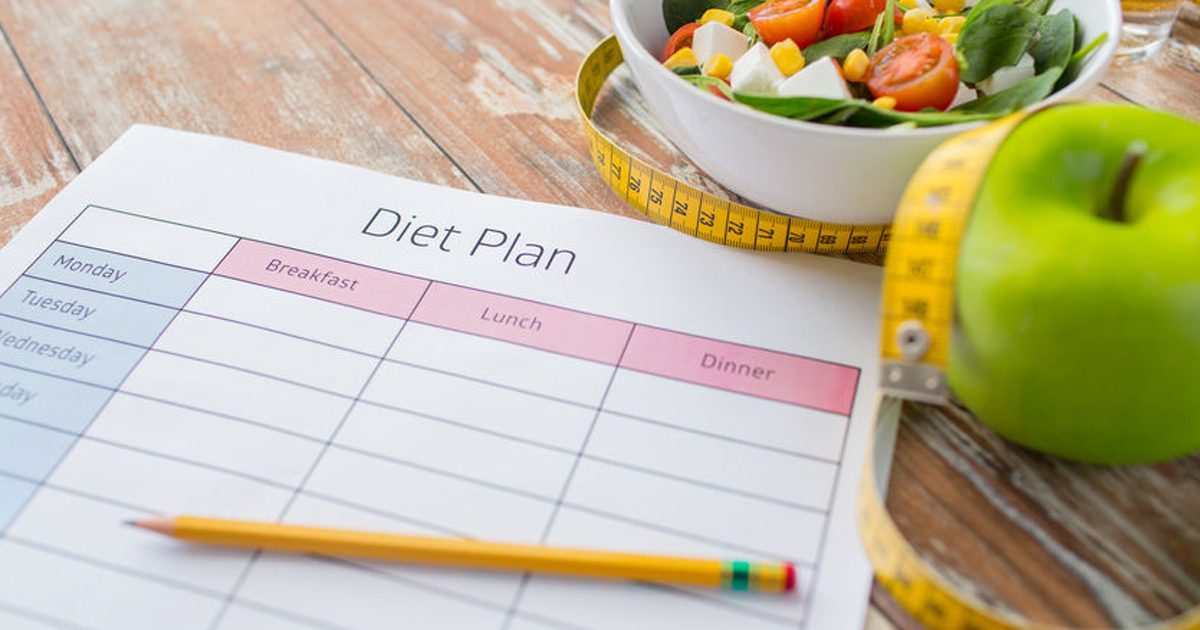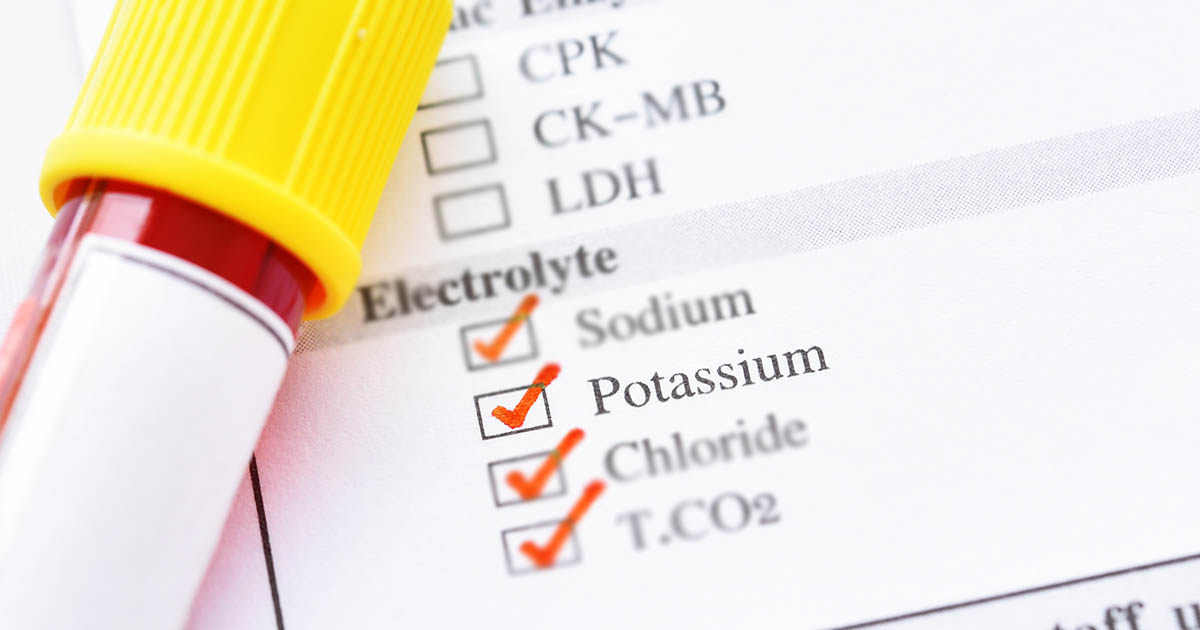Best Tips For Creating A Diet For High Blood Pressure
Two main factors determine blood pressure. One is how narrow or wide the blood vessels are. Narrow blood vessels don't have as much room for the blood to flow through them, which causes the blood to pump with increased pressure on the walls. The other factor is the amount of blood the heart pumps. If an individual has a high heart rate, and their heart pumps a significant amount of blood, their blood pressure will be higher. High blood pressure, otherwise known as hypertension, is one of the most common medical conditions in the United States. It occurs when blood has too much force against the walls of arteries in an individual's body. Over time, this can cause serious damage and heart disease. Dealing with high blood pressure has two major components, lifestyle and medication, and a significant portion of lifestyle in this sense is an appropriate diet.
With this in mind, get the details on how to create a diet designed for high blood pressure now.
Keep Track Of Foods Eaten

One of the most important habits individuals can develop is to keep track of the foods they eat. This will help them know where to start when creating a high blood pressure diet. For a week or two, individuals should write down everything they eat, the portion size, and the time they ate it. When they have at least a week's worth of data, they can begin identifying strengths and weaknesses in their diet. Individuals should structure their diet by keeping healthy habits and reducing or eliminating unhealthy ones. For example, individuals may notice they eat three meals per day, but they might also eat a lot of salty foods. They can keep the three daily meals but should aim to consume portions lower in sodium. There are a ton of ways to keep track of one's eating. Individuals can keep an on-paper journal, download a tracking app to their phone, or keep notes on a computer. In addition to tracking the foods and portions eaten, individuals may also wish to write down notes about how they felt or what they were doing when eating.
Keep reading to learn more about creating a diet to help with high blood pressure now.
Consume More Potassium

Creating a diet isn't all about cutting food out of one's life. It's also about making sure to get more essential nutrients. For individuals with high blood pressure, potassium is a vital nutrient. This electrolyte affects an individual's metabolic balance, and the reason it's so important to managing hypertension is because it lessens sodium's effects. As individuals eat more potassium, they lose more sodium through urine. Sodium narrows blood vessels and increases fluid retention, so lowering it is important to blood pressure management. On top of this, potassium eases tension in the blood vessel walls. When the blood vessels relax, they can widen, allowing for further lowering of blood pressure. If individuals have blood pressure higher than 120/80, but are otherwise healthy, increasing potassium is a good idea. If individuals take certain medications or have kidney disease, potassium might be more harmful than helpful. Patients should always talk to their doctor about nutritional decisions that could adversely affect their health.
Uncover more tips on designing a diet for high blood pressure now.
Avoid Processed Foods

Many processed foods are high in sodium and salt, and according to the United States Food And Drug Administration (FDA), about seventy-five percent of the average sodium Americans consume daily is the result of processed foods or salt added to food at restaurants. It's important to be aware of what packaged foods have high sodium levels. Packaged ramen is a staple of many college students' pantries, but just one serving can have more than one hundred percent of the daily recommended amount of sodium. Deli meat is another processed food to avoid. The seasoning, preserving, and curing processes can all include salt, and just two ounces of certain lunch meats could contain more than five hundred milligrams of sodium. Processed pizzas are another minefield because of the combination of crust, tomato sauce, cured meats, and cheese, and unlike freshly cooked pizza, frozen pizzas tend to have added sodium to maintain flavor. Canned soups can be high in sodium, and though they're easy to prepare, making fresh soup is better. Salty snacks like potato chips can also be damaging.
Read more about tips for a diet suitable for lowering high blood pressure now.
Don't Add Additional Salt

Even if individuals cut out processed foods entirely, only buy organic produce, and stop eating out at restaurants, they can still make sodium mistakes. Many individuals cook with a lot of salt and table salt is a staple at meals. Individuals are expected to sprinkle a little onto their meat, potatoes, and vegetables to add a little flavor. Not only that, but salt is a big part of the cooking process itself. Many recipes call for salt to be added to boiling water to help enhance the flavors of the food cooking, and throughout the seasoning process, individuals will likely add salt to taste. However, particularly for blood pressure, individuals should be aware of how much salt they're adding to their food and cut back. Individuals will find after a few weeks of lowering their salt intake, processed foods and restaurant foods will taste too salty. Their taste buds will rearrange themselves to accommodate the new dietary restrictions. Lowering salt intake can be difficult at first, but the effect on blood pressure is worth it.
Discover additional dietary tips for lowering blood pressure now.
Limit Alcohol And Caffeine

Even individuals without high blood pressure can experience significant health benefits if they limit alcohol and caffeine. But for those with high blood pressure, it's even more important. Caffeine can dramatically increase blood pressure for a short period, though researchers aren't sure why this happens. One theory is caffeine blocks a hormone responsible for widening arteries, and another is caffeine causes the adrenal glands to produce adrenaline, which raises blood pressure. Too much alcohol consumption can raise an individual's blood pressure, especially in the long term. If an individual has more than three drinks at once, they'll see a temporary blood pressure increase. If they have repeated episodes of binge drinking, their blood pressure might increase on a long-term basis. It may not be necessary to cut alcohol out entirely, though going from heavy drinking to moderate drinking can have a significant impact on an individual's blood pressure and overall physical health.